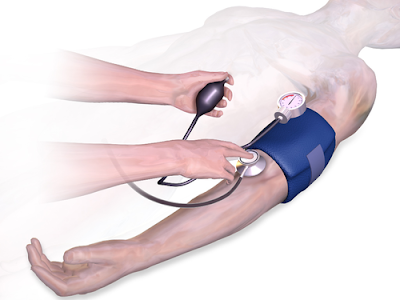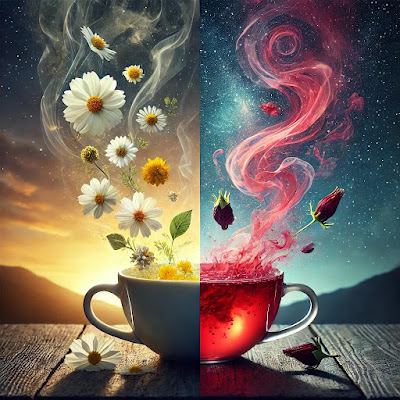🌸 Aromatherapy: Unlocking Nature’s Secret to Stress Relief and Natural Healing 🌸
🌸 Aromatherapy: Unlocking Nature’s Secret to Stress Relief and Natural Healing 🌸
We live in an age where popping pills is the norm—headache? Take a pill. Can't sleep? Another pill. Yet, there's an ancient practice hidden right under our noses (literally!) that harnesses nature's pure power to heal and restore our body and mind: Aromatherapy.
🌀 1. What Exactly is Aromatherapy? 🌀
At its core, aromatherapy is the practice of using distilled essences from plants (essential oils) to enhance physical, emotional, and spiritual well-being. It’s more than just pleasant fragrances—aromatherapy directly interacts with your brain and body to induce relaxation, relieve stress, and even heal ailments naturally.
"Nature itself is the best physician." – Hippocrates
🌺 2. Historical Roots: A Practice as Old as Civilization 🌺
Aromatherapy isn't a new trend—it has ancient roots tracing back thousands of years. Ancient Egyptians used aromatic oils extensively in rituals, medicines, and cosmetics. The Greeks and Romans later adopted and expanded on these practices. The modern concept of aromatherapy took shape when French chemist René-Maurice Gattefossé discovered lavender oil’s remarkable healing properties after an accidental burn in the early 20th century.
🌟 3. How Aromatherapy Works in Your Body 🌟
When inhaled or absorbed through the skin, essential oils enter your bloodstream and interact with your nervous system. Specifically, they influence the limbic system—the emotional center of your brain—regulating mood, memory, and emotions.
- Stress Reduction: Lavender and chamomile calm nerves and significantly reduce stress and anxiety (NCBI Study on Lavender and Anxiety).
- Pain Relief: Essential oils like eucalyptus, ginger, and peppermint offer powerful anti-inflammatory effects (Aromatherapy and Pain Management – NIH).
- Enhanced Cognitive Function: Rosemary and peppermint enhance memory, alertness, and concentration (Research from Nature.com).
🛀 4. Practical Aromatherapy Techniques to Try 🛀
- Diffusion: Using an essential oil diffuser spreads healing aromas throughout your environment.
- Bath Soaks: Adding lavender, ylang-ylang, or chamomile oils to your bath offers deep relaxation.
- Massage Therapy: Diluted oils applied directly to the skin not only relax but also soothe muscles and joints.
🌍 5. Cultural Significance of Aromatherapy 🌍
Traditional Chinese Medicine (TCM) incorporates aromatherapy as a method to balance Qi (vital life energy). Essential oils like sandalwood, frankincense, and jasmine are believed to harmonize emotions and promote inner peace. Similarly, Ayurveda, India's ancient holistic healing system, uses aromatic oils extensively to balance doshas (bodily energies) and restore health.
"The art of healing comes from nature, not from the physician. Therefore, the physician must start from nature, with an open mind." – Paracelsus
🔮 Final Thoughts: Aromatherapy as a Gateway to Natural Healing 🔮
Aromatherapy is not merely a therapeutic method; it's a holistic journey reconnecting us with nature's purest healing energies. By embracing aromatherapy, you tap into ancient wisdom, harness your mind's powerful healing potential, and achieve profound relaxation and restoration without synthetic medications.
Remember, Mother Nature offers the strongest medicine—pure, effective, and beautifully simple. 🌿✨
Terrell Hartley
🌱 Connect with me:




Comments